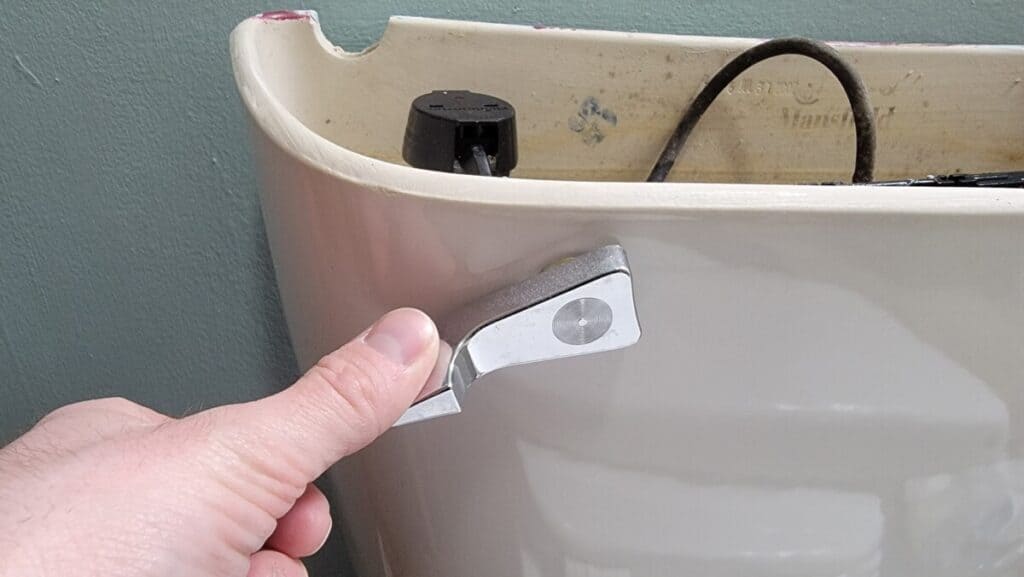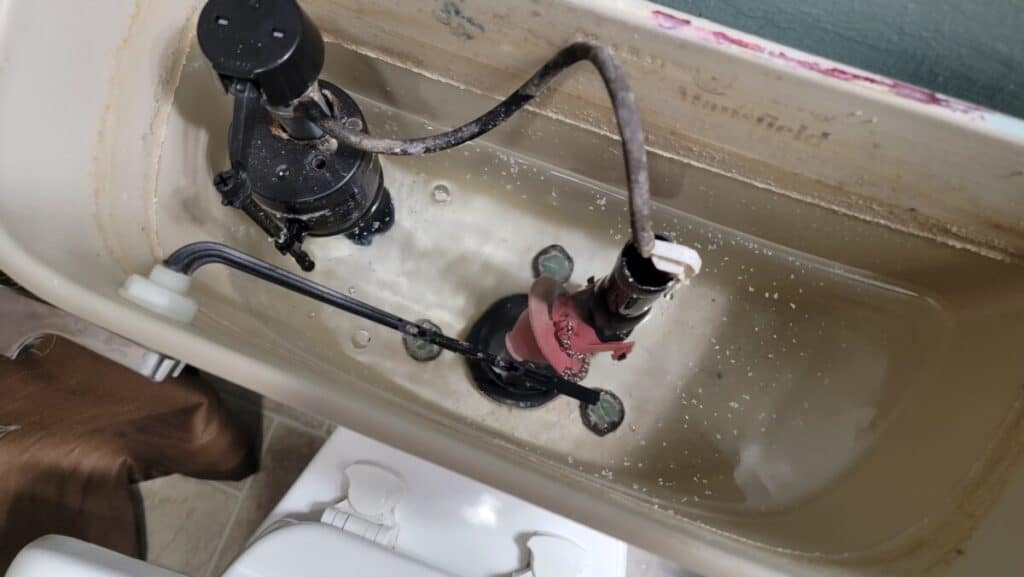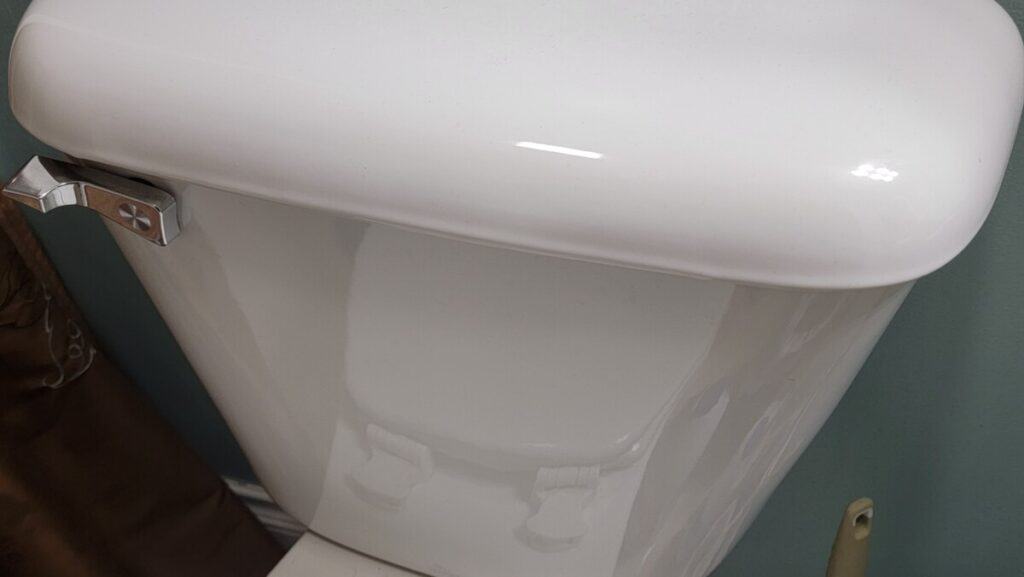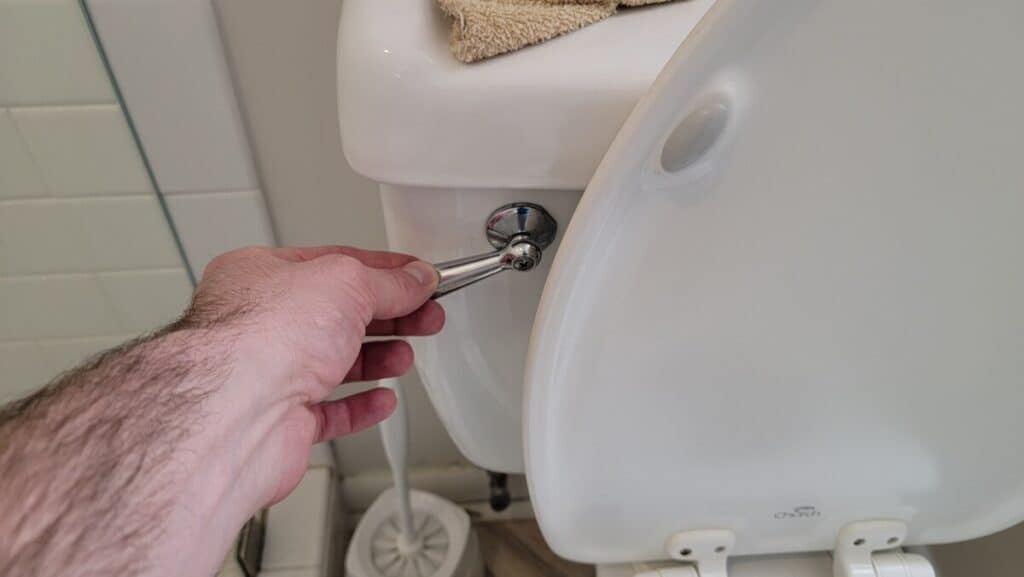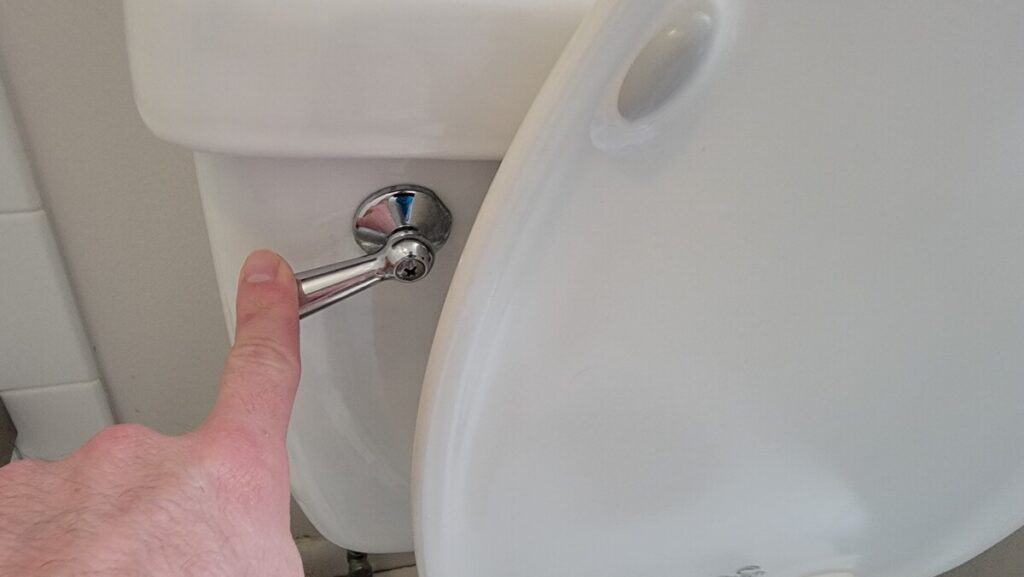Upstairs Toilet Overflow: A Quick Response Guide
Experiencing an overflowing toilet can be a stressful and messy situation, especially when it’s located upstairs. We all know that gravity likes to pull things down, and that includes the waste water from your toilet through the ceiling or any other crevice it can gain entry to.
An upstairs toilet overflow can cause water damage to the bathroom floor, ceiling, and even the rooms below. Over the course of the last 10 years, while employed in maintenance at a 6-story property boasting over 250 toilets, I have come across this precise problem on numerous occasions.
In this article, we’ll cover the steps to take when faced with an upstairs toilet overflow, how to diagnose the cause, and solutions to fix the issue.
Turn off the water supply
The first step when dealing with an overflowing toilet is to shut off the water supply which is done with the water shut-off valve. This valve is typically found behind or beside the toilet. Simply turn it clockwise all the way to stop the flow of water. If you can’t find the valve or it’s stuck, turn off the main water supply to your home.

Stop the overflow
Now, if the toilet is still overflowing after shutting off the water supply, try using a plunger to dislodge the clog. Make sure the flange that normally curls up into the cup of the plunger is pulled out (use rubber or latex gloves).
Put the plunger in the water almost horizontally to allow water to displace the air in the plunger cup before you turn the plunger vertical and attempt to plunge. Trust me, your pant legs and socks will thank me later since you won’t have a giant air bubble splashing everything out on your first plunge.
Place the plunger over the drain hole, create a seal, and push down forcefully. Repeat this process a few times to see if the water starts draining.
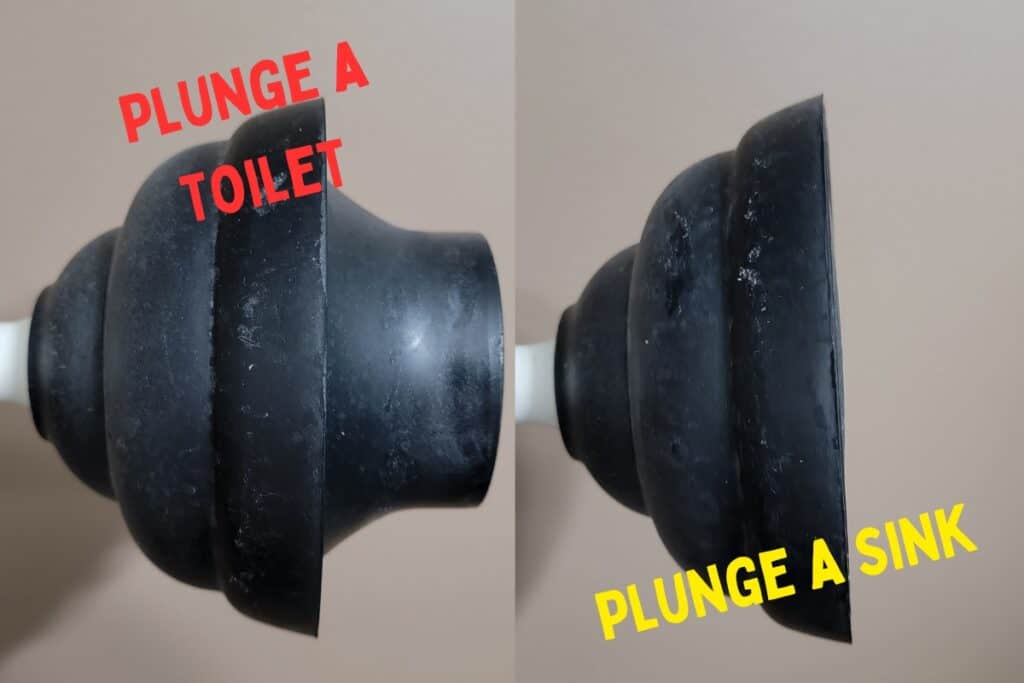
Assess the damage
Once the overflow has stopped, assess the extent of the water damage. Check the bathroom floor, walls, and ceiling, as well as the rooms below for any signs of water damage. If the damage is extensive, consider calling a professional water damage restoration company.
Clean up
Begin cleaning up the overflow by removing any standing water with a wet-dry vacuum or towels. Open windows and use fans to help dry out the area. If the water has seeped into carpeting, consider using a carpet cleaner to extract the moisture. Be sure to clean and disinfect all affected surfaces to prevent mold and mildew growth.
For the CDC recommended way of sterilizing an area after an overflowing toilet, you can check out my article here.
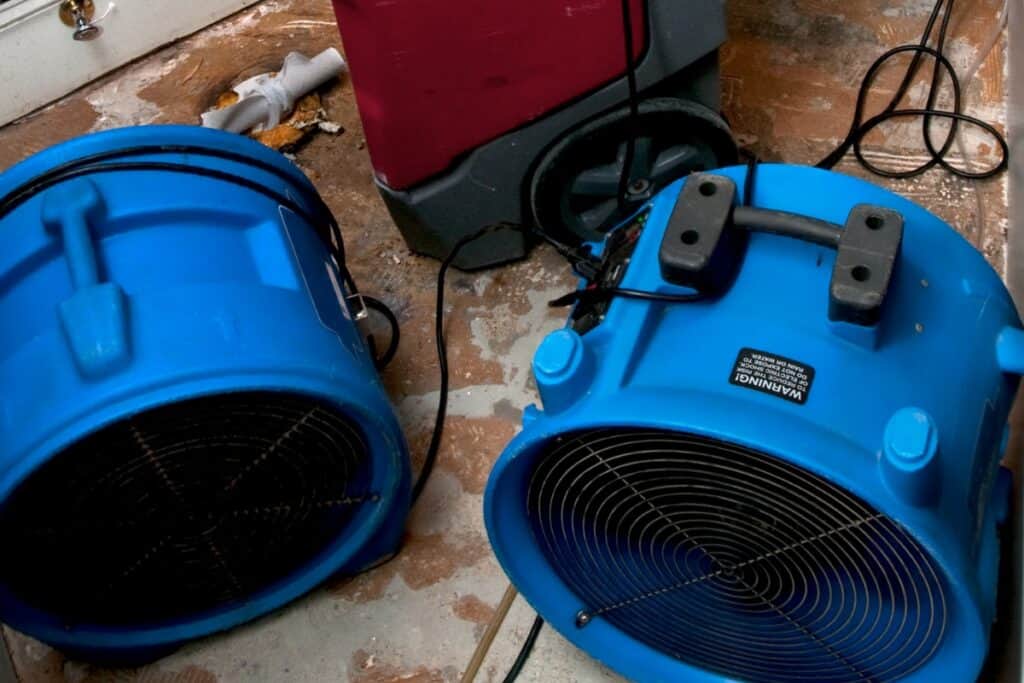
Diagnose the cause
Now, we have to go about figuring out why our toilet flooded so that it won’t happen again. I have a more detailed article here regarding reasons why your toilet is overflowing and what you can do to fix it. To keep things brief, here are several factors can contribute to an upstairs toilet overflow, including:
Clogged drain
A clogged drain is the most common cause of an overflowing toilet. Toilet paper, sanitary products, or other debris may be obstructing the drain, preventing the water from flowing through.
How to fix: Use a plunger, toilet auger, or snake to clear the clog. If the clog persists, consider calling a professional plumber.
Blocked vent pipe
A vent pipe helps regulate air pressure within your plumbing system. If the vent pipe is blocked, it can cause slow draining or an overflow.
How to fix: Inspect the vent pipe for blockages, such as leaves or bird nests. Remove any obstructions, or call a professional plumber to help.
Faulty fill valve
A malfunctioning fill valve can cause the toilet to continually fill with water, leading to an overflow.
How to fix: Inspect the fill valve for damage or mineral buildup, and clean or replace it if necessary.
Damaged or worn flapper
A worn or damaged flapper may not seal properly, causing water to continuously flow into the toilet bowl.
How to fix: Inspect the flapper for damage and replace it if needed.
Prevent future overflows
To prevent future toilet overflows, consider the following tips:
- Be mindful of what you flush: Avoid flushing anything other than toilet paper and human waste. That means no condoms, no bars of soap, no paper towel, no “flushable” baby wipes or hygienic wipes, and no clumps of hair.
- Perform regular maintenance: Check your toilet components for wear and tear, and replace them as needed.
- Keep the vent pipe clear: Regularly inspect your vent pipe for blockages and remove any debris.
- Install a toilet overflow alarm: An overflow alarm can alert you to potential overflows before they become a problem.
- Make sure your toilet’s base is sealed: A properly caulked toilet base will keep overflowing waste water from your clogged toilet from running underneath the toilet itself and becoming practically impossible to remove without removing the toilet itself.
Final Takeaways
Dealing with an overflowing toilet upstairs can be a daunting task, but it’s essential to address the issue promptly to minimize water damage and potential health hazards.
By following the steps outlined above, you can effectively manage the situation and prevent further problems.
If you fear that your upstairs toilet has flooded inside the walls or ceiling to the floors below, then it is best to consult a trusted handyman or restoration specialist.
Proper sanitation post-flood and completely drying out the area with a fan is going to be critical!
Additionally, regular maintenance and inspection of your plumbing system can help you avoid such incidents in the future. Remember that, when in doubt, it’s always a good idea to consult a professional plumber for assistance.



